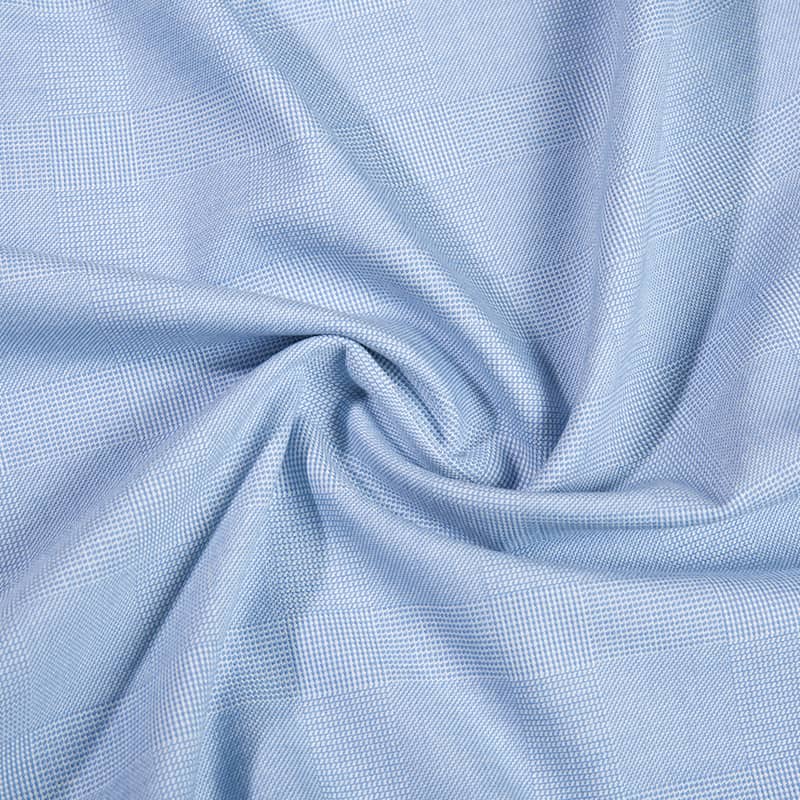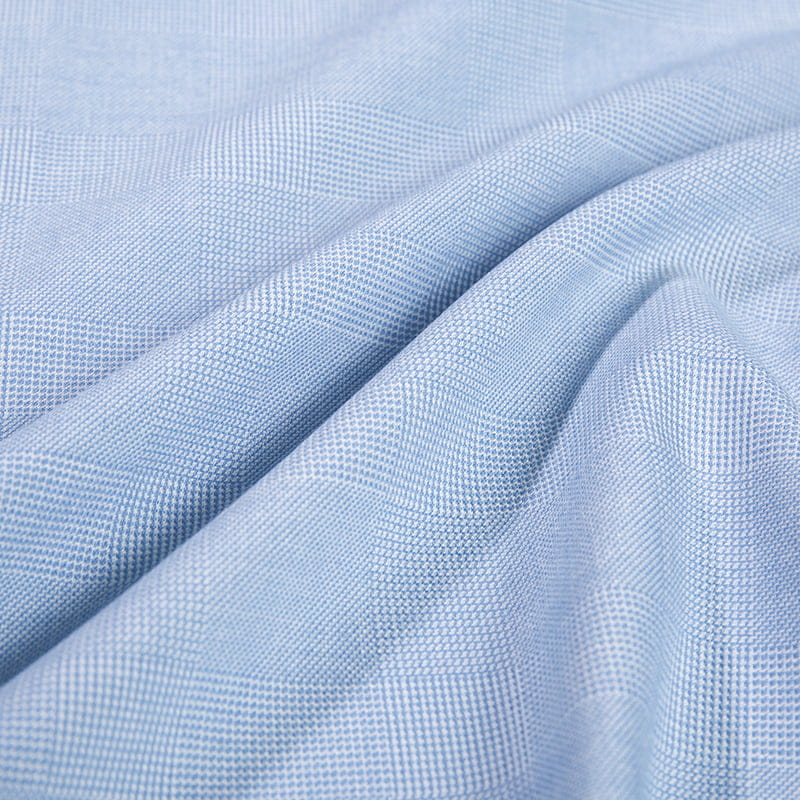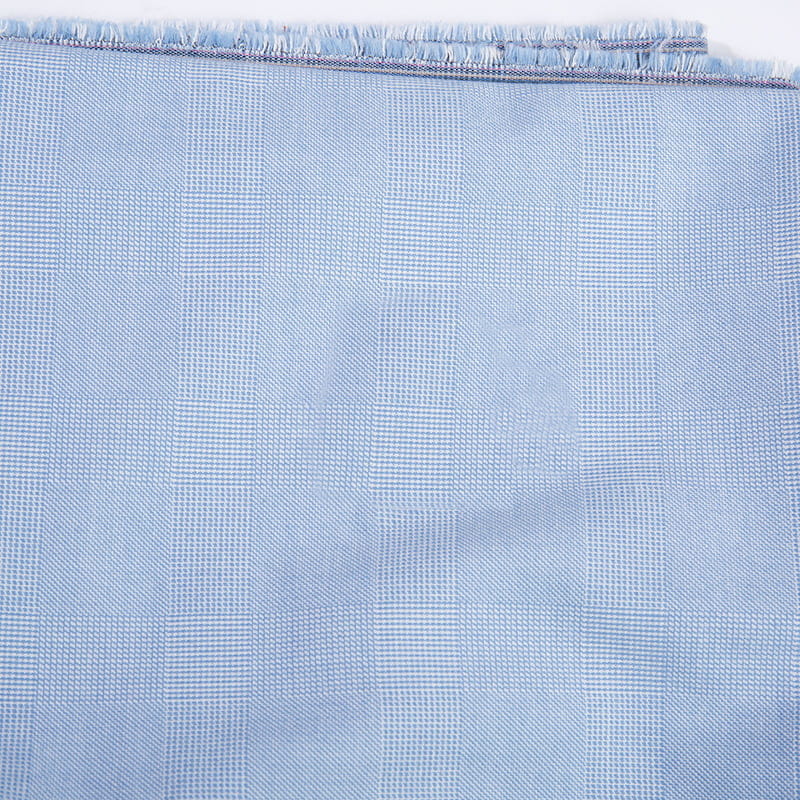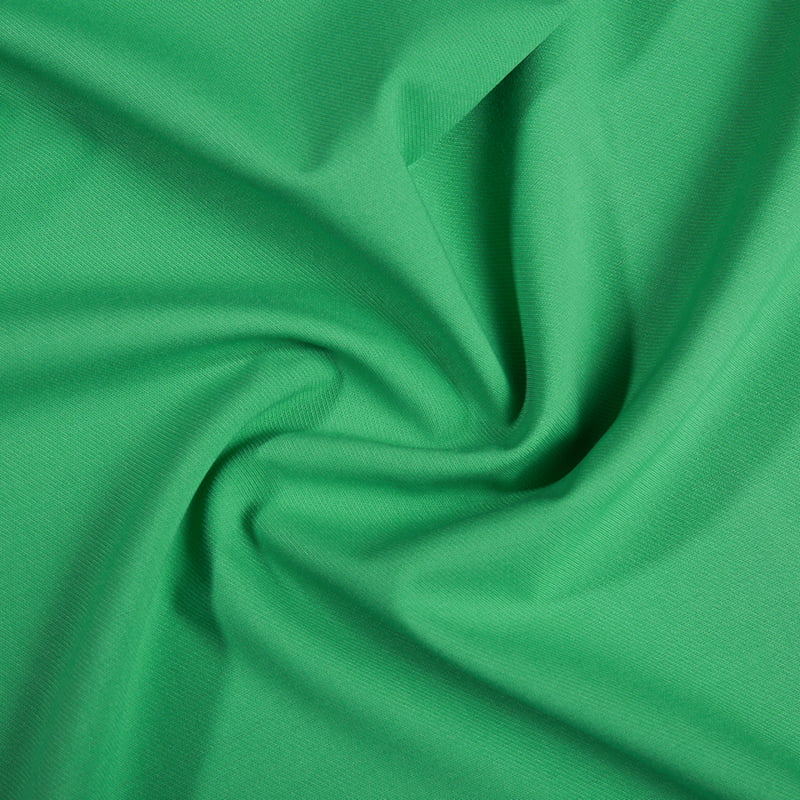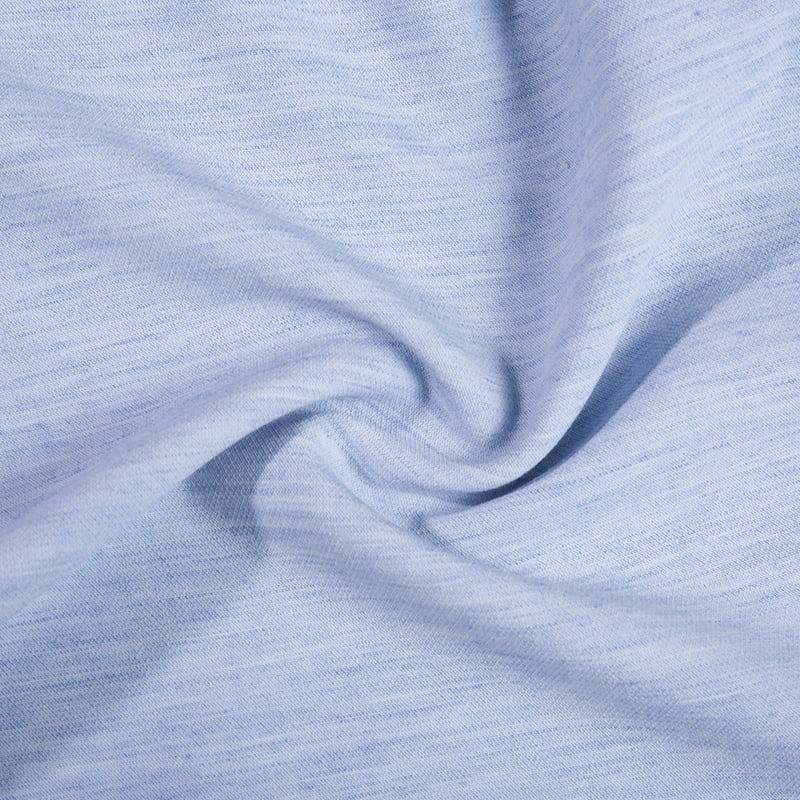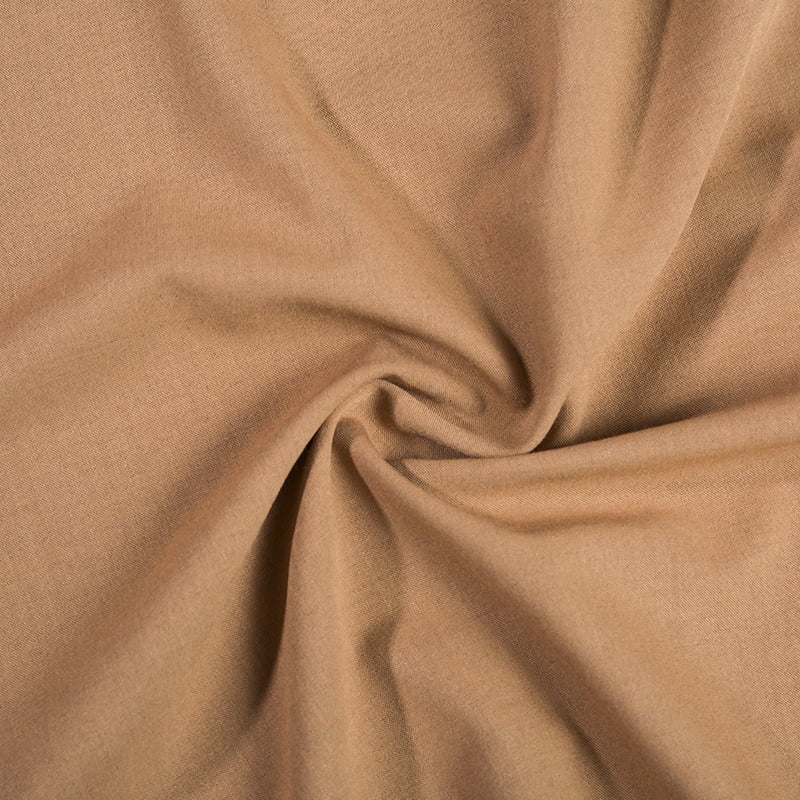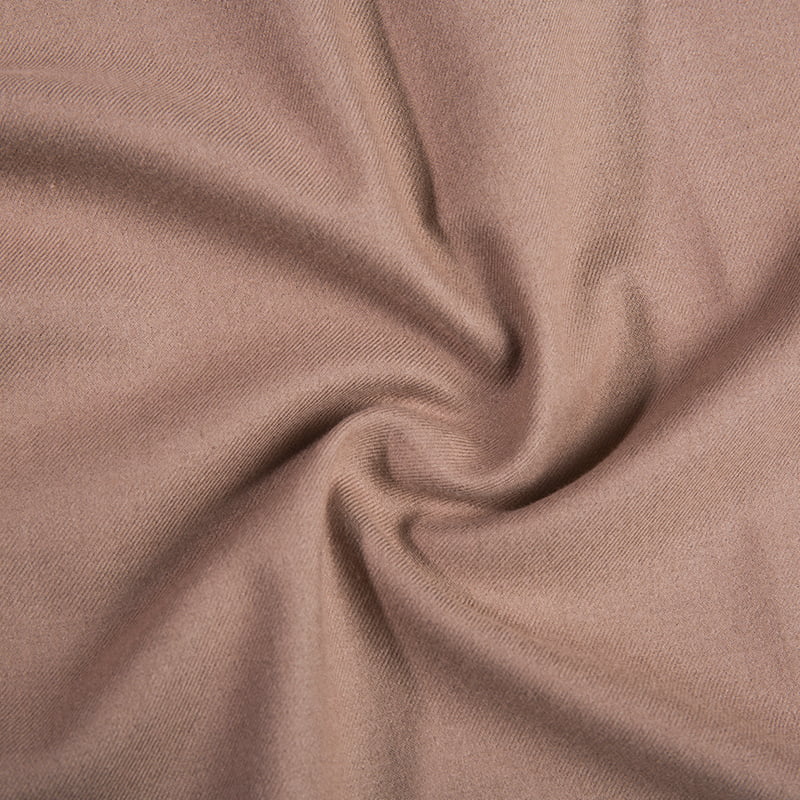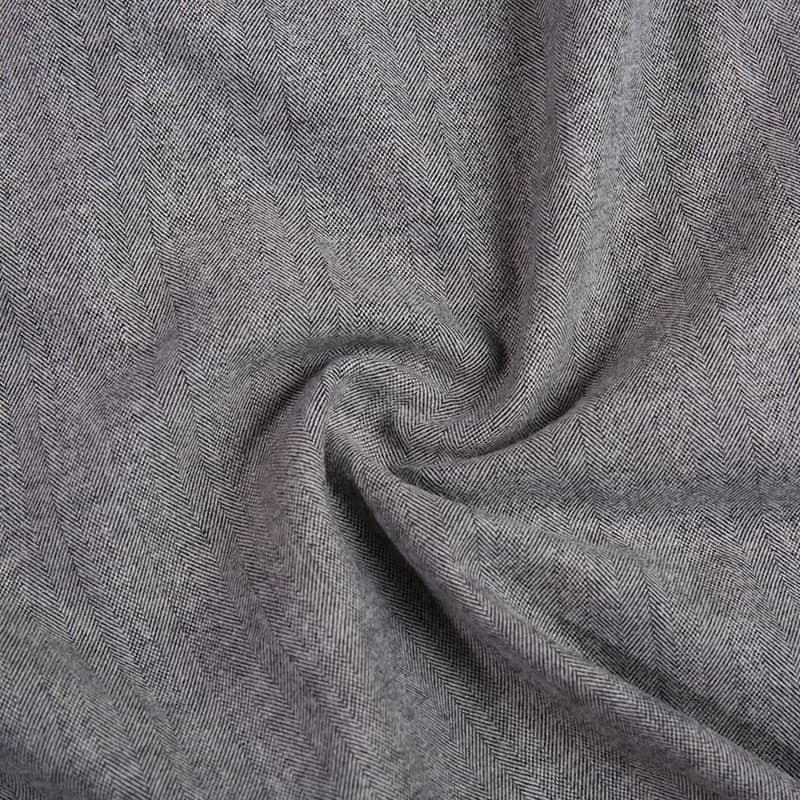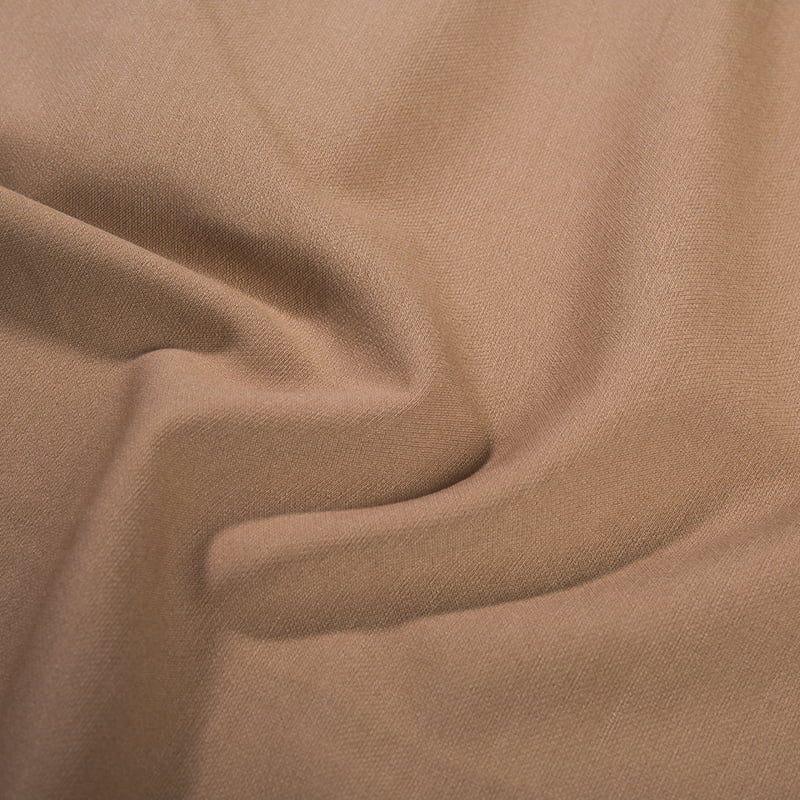Is the fabric specially treated to make it more durable and skin-friendly?
It is a common and important process for fabrics to be specially treated to enhance their durability and skin-friendliness. For fashionable Tr polyester viscose fiber and spandex yarn-dyed plaid fabrics, this special treatment is particularly important. It can not only improve the physical properties of the fabric, but also enhance its comfort and service life.
1. Special treatment of fabric durability
Fiber reinforcement treatment: As one of the main components of the fabric, polyester has high durability. However, in order to improve the overall durability, the fabric may have undergone fiber reinforcement treatment. This treatment can be achieved by chemical or physical methods, aiming to enhance the tensile strength, abrasion resistance and tear resistance of the fiber.
Weaving technology optimization: The weaving density and weaving method of the fabric have a significant impact on its durability. By optimizing the weaving technology, such as using a tighter weaving method or a special weaving structure, the strength and durability of the fabric can be significantly improved.
Anti-wear treatment: For areas that are often subject to friction or wear, the fabric may have undergone anti-wear treatment. This treatment can form a protective film on the fiber surface, reduce fiber wear and damage, and thus extend the service life of the fabric.
2. Special treatment of fabric skin-friendliness
Softening treatment: Viscose fiber itself has good softness, but in order to further enhance the skin-friendliness of the fabric, it may have undergone softening treatment. This treatment can be achieved by adding softeners or using specific chemical treatment methods to make the fabric softer and more comfortable.
Moisture absorption and breathability treatment: In order to enhance the moisture absorption and breathability of the fabric, special treatment techniques may be used. For example, tiny pores or channels are formed on the surface of the fiber to increase the breathability and moisture absorption of the fabric. This treatment can make the fabric more breathable and comfortable, and reduce the discomfort caused by sweating.
Antibacterial and deodorizing treatment: In order to keep the fabric clean and hygienic, it may have undergone antibacterial and deodorizing treatment. This treatment can form an antibacterial layer on the surface of the fiber to inhibit the growth and reproduction of bacteria, thereby reducing odor and skin problems caused by bacteria.
In summary, the fashionable Tr polyester viscose fiber and spandex yarn-dyed plaid fabric may have undergone a variety of special treatments to enhance its durability and skin-friendliness. These treatments include fiber reinforcement, weaving technology optimization, anti-wear treatment, softening treatment, moisture absorption and breathability treatment, and antibacterial and deodorizing treatment. The application of these processing technologies makes the fabrics more durable, comfortable and healthy while maintaining their beauty and fashion.


 English
English 中文简体
中文简体 日本語
日本語 한국어
한국어 Español
Español русский
русский

